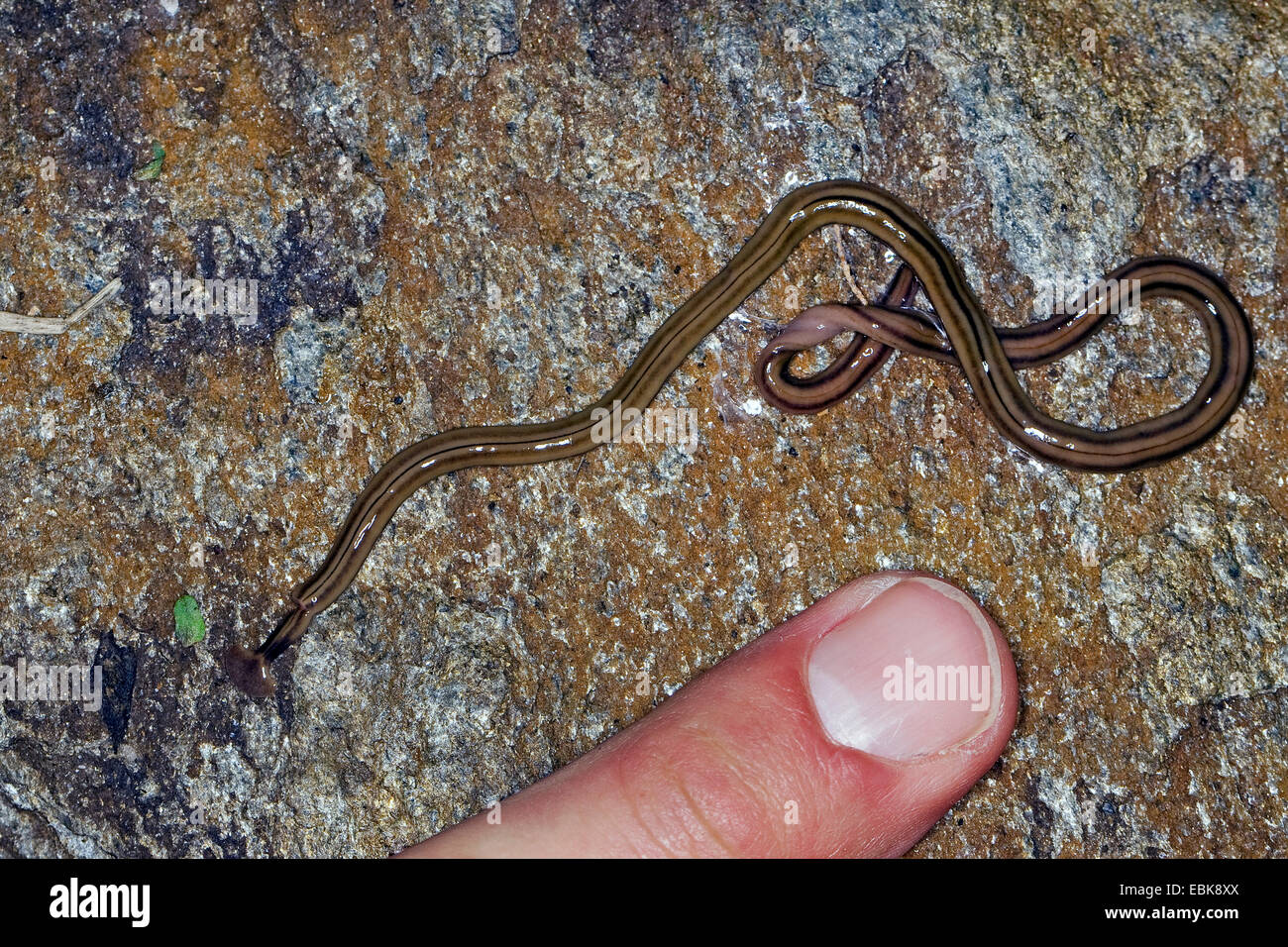
 If you have a small population of jumping worms, handpick and destroy them by bagging them and throwing them in the trash, or place them in a bag and leave out in the sun for at least 10 minutes then throw the bag away. This will drive any worms to the surface where you can easily remove them. Mix a gallon of water with 1/3 cup of ground yellow mustard seed and pour slowly into the soil. Check your property for jumping earthworms using a mustard pour (it won't harm your plants). When purchasing bulk mulch or compost, use a reputable producer that has heat-treated it to destroy the cocoons, or purchase bagged mulch. Do not buy or use jumping worms for bait, vermicomposting or gardening. Here are some tips to prevent the spread of these invasive worms.
If you have a small population of jumping worms, handpick and destroy them by bagging them and throwing them in the trash, or place them in a bag and leave out in the sun for at least 10 minutes then throw the bag away. This will drive any worms to the surface where you can easily remove them. Mix a gallon of water with 1/3 cup of ground yellow mustard seed and pour slowly into the soil. Check your property for jumping earthworms using a mustard pour (it won't harm your plants). When purchasing bulk mulch or compost, use a reputable producer that has heat-treated it to destroy the cocoons, or purchase bagged mulch. Do not buy or use jumping worms for bait, vermicomposting or gardening. Here are some tips to prevent the spread of these invasive worms. 
There are currently no viable control methods, but research is continuing.

The best way to prevent future invasions is to avoid moving earthworms around." "But unfortunately, they simply won’t stay where you put them. "If these worms didn’t spread into forests and natural areas, they wouldn’t be such a problem," Callaham said. The invasive Asian jumping worm (Amynthas agrestis) has many common names: Alabama jumpers, Jersey wrigglers, wood eels, snake worms, and crazy snake worms.







 0 kommentar(er)
0 kommentar(er)
